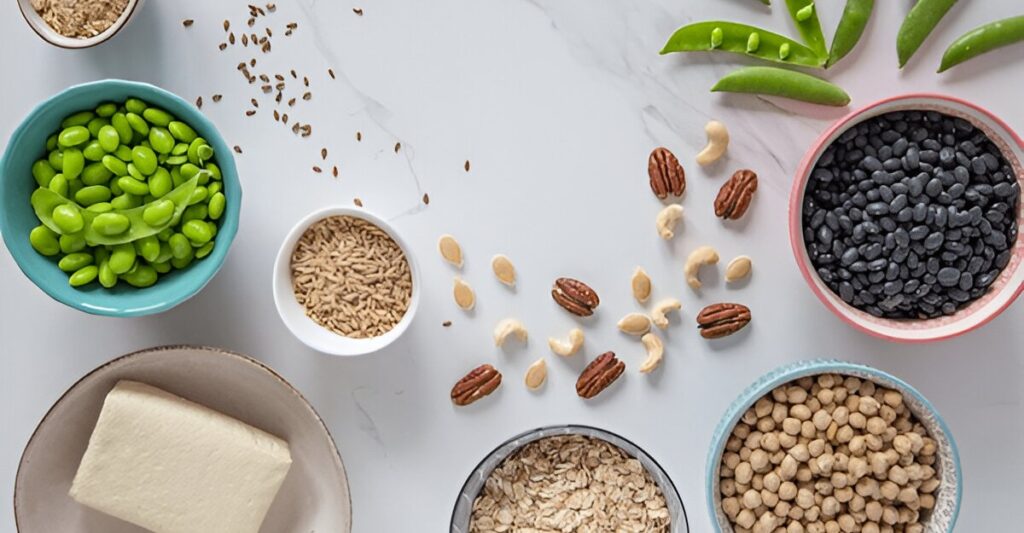Fat adaptation is a buzzword in nutrition and fitness circles, promising sustained energy, improved endurance, and better metabolic health. But what does it really mean, and how does it work? The science behind fat adaptation reveals how your body can shift from relying on carbohydrates to burning fat as its primary fuel source. This process offers benefits for athletes, health enthusiasts, and anyone seeking stable energy levels. This article dives into the mechanisms of fat adaptation, its benefits, and practical steps to achieve it.
What Is Fat Adaptation?
Fat adaptation is the metabolic state where your body becomes efficient at using fat—both dietary fat and stored body fat—as its main energy source instead of glucose from carbohydrates. Unlike traditional high-carb diets that prioritize glycogen for energy, fat adaptation trains your body to tap into fat reserves, providing a more consistent fuel supply. The science behind fat adaptation lies in how your body rewires its energy systems to prioritize fat metabolism, often through a ketogenic or low-carb, high-fat (LCHF) diet.
How Fat Adaptation Works
The science behind fat adaptation involves several physiological changes that optimize fat burning. Here’s a breakdown of the process:
1. Shifting Energy Sources
When you consume fewer carbs, your body depletes glycogen (stored glucose) in the liver and muscles. With less glucose available, it turns to fat for energy. The liver breaks down fats into ketones, which serve as an alternative fuel for the brain and muscles.
2. Increased Fat Oxidation
Over time, your muscles become more efficient at oxidizing (burning) fat for energy. This reduces reliance on glycogen, sparing it for high-intensity efforts. Enzymes like hormone-sensitive lipase increase, enhancing fat breakdown.
3. Ketone Production
In a fat-adapted state, your liver produces ketones at higher levels. Ketones are energy molecules that provide a stable fuel source, especially for the brain, which typically relies on glucose.
4. Improved Mitochondrial Function
Fat adaptation enhances mitochondrial density and efficiency in cells. Mitochondria are the “powerhouses” that convert fat into usable energy, so more efficient mitochondria mean better fat-burning capacity.
5. Stabilized Blood Sugar
By relying on fat instead of carbs, your body experiences fewer blood sugar spikes and crashes. This leads to steady energy levels and reduced cravings.
The science behind fat adaptation shows that these changes typically take 2-12 weeks, depending on diet, activity level, and individual metabolism. Once adapted, your body can switch between fat and glucose more seamlessly, a state called metabolic flexibility.
Benefits of Fat Adaptation
Understanding the science behind fat adaptation highlights its potential benefits:
- Sustained Energy: Fat is a more abundant fuel source than glycogen, providing longer-lasting energy without the need for frequent carb refueling.
- Improved Endurance: Athletes, especially in endurance sports, benefit from fat adaptation as it allows them to tap into fat stores during long efforts, delaying fatigue.
- Better Metabolic Health: Fat adaptation may improve insulin sensitivity, reduce inflammation, and support weight management by promoting fat loss.
- Reduced Cravings: Stable blood sugar levels help curb hunger and carb cravings.
- Cognitive Clarity: Ketones provide a steady fuel source for the brain, potentially enhancing focus and mental performance.
Challenges of Fat Adaptation
While the science behind fat adaptation is compelling, the transition isn’t always smooth. Common challenges include:
- Keto Flu: Early symptoms like fatigue, headaches, or irritability as your body adjusts to low carbs.
- Performance Dip: Initial decreases in high-intensity exercise performance until adaptation is complete.
- Social and Practical Barriers: Low-carb diets can be harder to follow in carb-heavy social settings or require more meal planning.
These challenges typically subside with time and proper strategies, making fat adaptation achievable for most people.
How to Achieve Fat Adaptation
To harness the science behind fat adaptation, follow these practical steps to shift your body toward fat-burning mode:
1. Adopt a Low-Carb, High-Fat Diet
Reduce carbohydrate intake to 20-50 grams daily (depending on activity level) and increase healthy fats to 60-75% of your calories.
Best Fat Sources:
- Avocados
- Olive oil and coconut oil
- Nuts and seeds
- Fatty fish like salmon
- Eggs and full-fat dairy
Pro Tip: Track carbs using an app like Cronometer to stay within your target range.
2. Moderate Protein Intake
Too much protein can be converted to glucose, slowing fat adaptation. Aim for 15-25% of calories from protein, choosing sources like chicken, beef, tofu, or eggs.
Pro Tip: Use a food scale to measure portions until you’re familiar with appropriate amounts.
3. Stay Hydrated and Replenish Electrolytes
Low-carb diets increase water loss, which can deplete electrolytes like sodium, potassium, and magnesium. Drink plenty of water and include electrolyte-rich foods like leafy greens, avocados, or bone broth.
Pro Tip: Add a pinch of high-quality salt to meals or water to maintain sodium levels.
4. Exercise Strategically
Exercise supports fat adaptation by depleting glycogen and encouraging fat burning.
- Low-Intensity Workouts: Activities like walking, yoga, or steady-state cycling enhance fat oxidation.
- Gradual High-Intensity Training: Once adapted, reintroduce high-intensity workouts to maintain performance.
Pro Tip: Train in a fasted state (e.g., morning walks before breakfast) to boost fat burning.
5. Be Patient and Consistent
Fat adaptation takes time. Stick to your low-carb plan for at least 4-8 weeks to allow your body to fully adjust. Monitor energy levels, workout performance, and ketone levels (using urine strips or a blood meter) to track progress.
Pro Tip: Keep a journal to note how you feel and adjust your approach as needed.
Sample Fat-Adapted Meal Plan
Here’s a one-day meal plan to support fat adaptation:
- Breakfast: Scrambled eggs cooked in butter with avocado and a side of spinach.
- Snack: A handful of macadamia nuts.
- Lunch: Grilled salmon with a mixed green salad, olive oil dressing, and roasted zucchini.
- Snack: Coconut milk smoothie with chia seeds and unsweetened cocoa powder.
- Dinner: Beef stir-fry with broccoli, cauliflower rice, and coconut oil.
Final Thoughts
The science behind fat adaptation offers a fascinating look at how your body can transform its energy systems for better health and performance. By shifting to fat as your primary fuel source, you can enjoy sustained energy, improved endurance, and metabolic benefits. While the transition requires commitment, a low-carb, high-fat diet, strategic exercise, and patience can make fat adaptation achievable. Start with small steps, like cutting carbs gradually or adding more healthy fats, and watch your body adapt to a new way of fueling. Embrace the science behind fat adaptation to unlock a more energized, resilient you.


